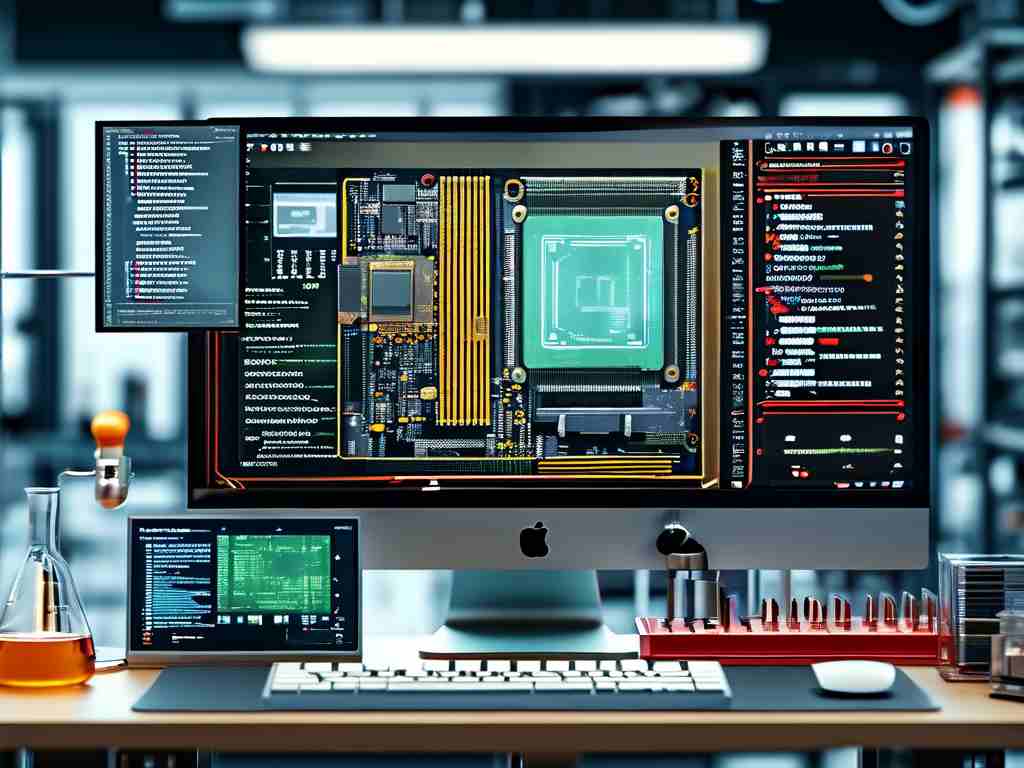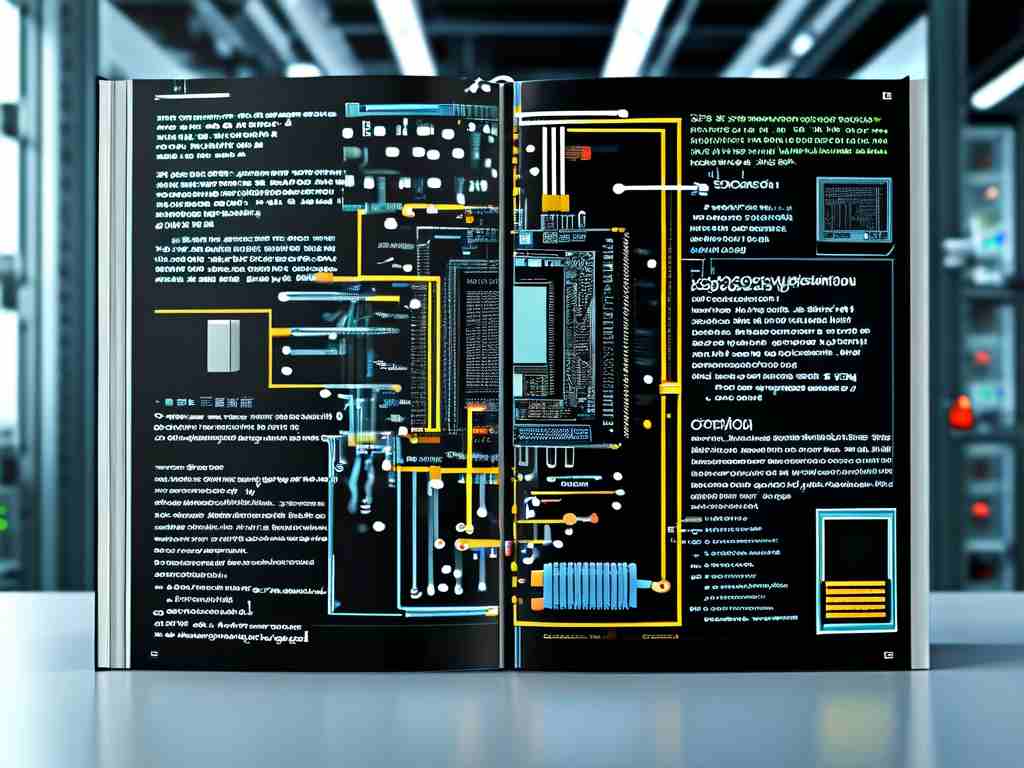Developing embedded software for 501-series microcontrollers requires balancing technical precision with real-world adaptability. These resource-constrained devices power industrial automation, IoT edge nodes, and medical instrumentation, demanding developers master both hardware interactions and software efficiency.

Hardware-Software Co-Design
The 501 architecture's dual-core processing (ARM Cortex-M4 + RISC-V co-processor) enables unique task partitioning. Developers often implement interrupt-driven routines on the Cortex core while offloading signal processing to the RISC-V unit. Consider this register configuration snippet for peripheral initialization:
void ADC_Config(void) {
RCC->APB2ENR |= RCC_APB2ENR_ADC1EN; // Enable ADC clock
ADC1->CFGR &= ~ADC_CFGR_CONT; // Single conversion mode
ADC1->SMPR |= ADC_SMPR_SMP_3; // 84-cycle sampling
}
Memory Management Challenges
With typical 501 devices containing 128-512KB flash and 64-256KB SRAM, developers must adopt aggressive optimization techniques. One automotive tier-1 supplier reduced memory usage by 22% using these methods:
- Section-based allocation: Grouping critical functions in FAST_EXEC section
- DMA chaining: Implementing circular buffers for sensor data aggregation
- Compression techniques: Using Huffman encoding for lookup tables
Real-Time Performance Tuning
The 501's pipeline architecture requires careful cycle budgeting. A recent smart meter project achieved 12μs interrupt latency through:
- Cache prefetch optimization using __builtin_prefetch()
- Selective inlining of time-critical functions
- Hardware-accelerated CRC calculations via built-in peripherals
Debugging Complex Systems
Cross-triggering between the JTAG debugger and system trace macrocell (STM) proves essential. When debugging a motor control firmware issue, engineers discovered intermittent faults using:
openocd -f interface/cmsis-dap.cfg -f target/stm32f5x.cfg
This revealed timing violations in PWM signal generation through trace waveform analysis.
Security Implementation
Modern 501 chips incorporate hardware security modules (HSMs). For a payment terminal project, developers combined these elements:
- Secure boot with encrypted firmware images
- Runtime attestation using SHA-3 hashes
- Peripheral access control through TZPC registers
Future-Proofing Strategies
With the 501 series evolving to support AI inferencing, early adopters are experimenting with neural network quantization. A prototype predictive maintenance system runs TensorFlow Lite models at 8MHz using:
- Weight pruning (40% reduction)
- INT8 quantization with calibration
- Hardware-accelerated matrix operations
Developers must stay updated on vendor-specific tools like the 501 SDK v3.2, which introduces enhanced power management APIs and improved LLVM-based compiler optimizations.
Mastering 501 embedded development requires continuous adaptation to both hardware advancements and evolving industry requirements. By combining rigorous testing (including hardware-in-loop simulations) with creative optimization, teams can deliver robust solutions that leverage the full potential of these versatile microcontrollers.









